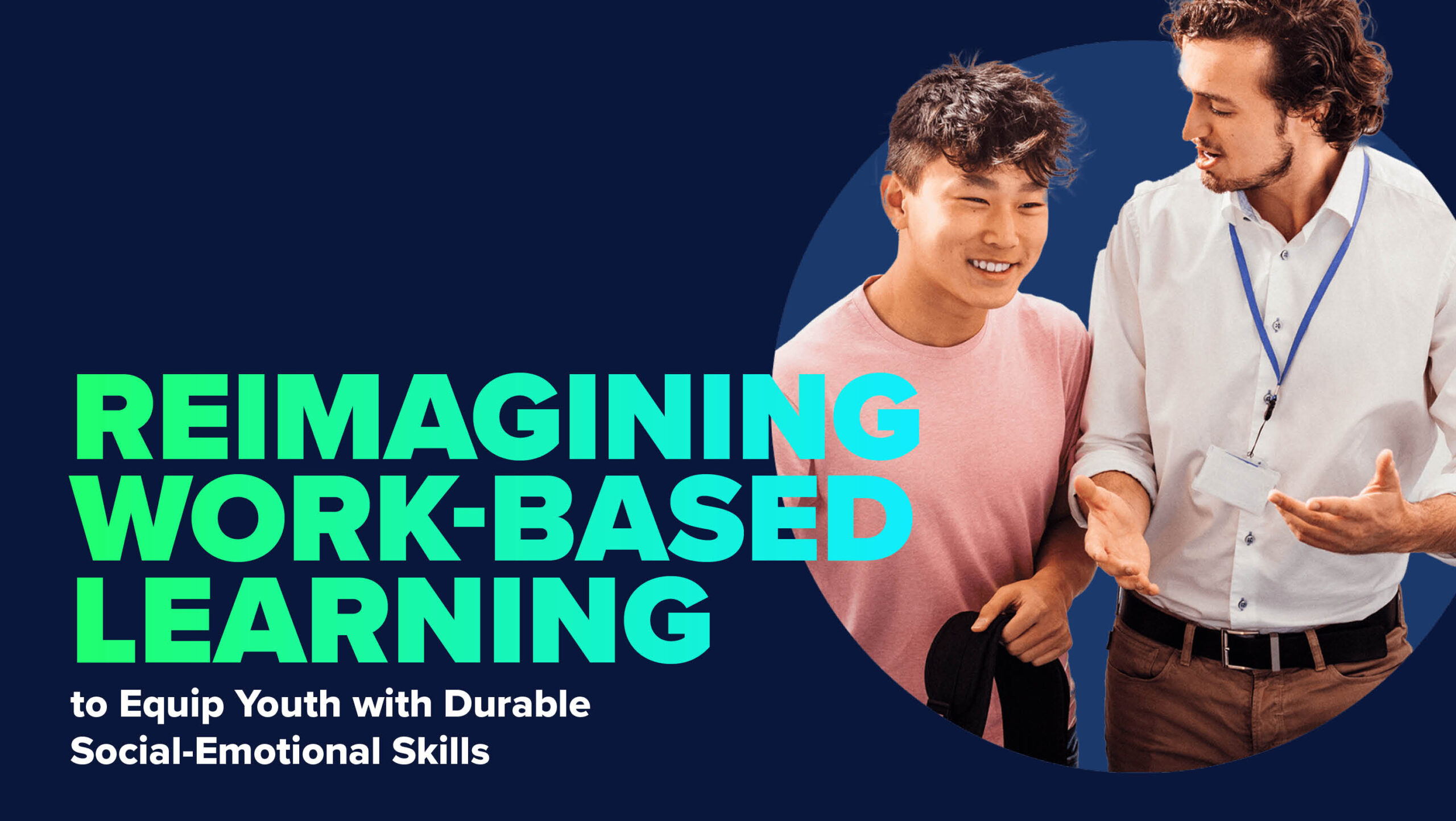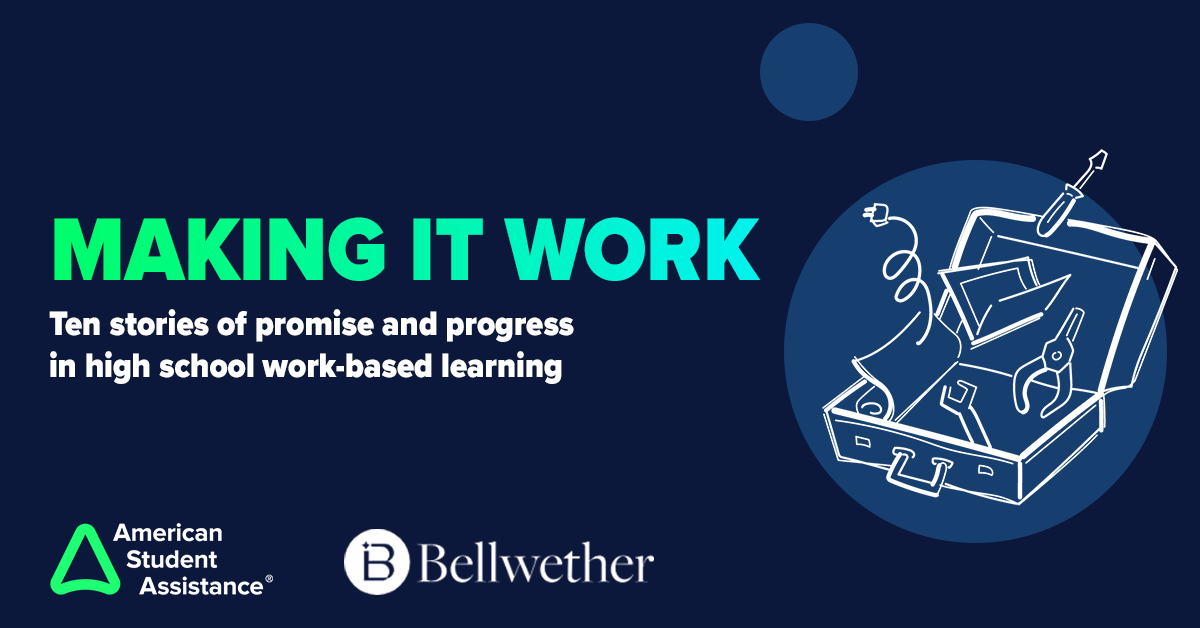Employers today report a “skills gap” among young workers, with nearly three out of four reporting they have a hard time finding new employees with the durable skills their companies need. A new report from American Student Assistance® (ASA) — a national nonprofit dedicated to changing the way kids learn about careers and prepare for their futures — highlights several outstanding organizations that have successfully integrated durable social emotional skills within their work-based learning initiatives, helping youth build the skills employers are looking for. With insight from several ASA grantees as well as ASA’s own organizational reflections on employing youth, this report aims to serve as a resource of practical and tangible recommendations for employers who are looking to expand or pilot work-based learning experiences at their organizations.
Social emotional learning (SEL), as defined by the Collaborative for Academic, Social and Emotional Learning, encompasses the process through which individuals acquire and apply knowledge, skills, and attitudes to develop healthy identities, manage emotions, and achieve personal and collective goals. Similarly, America Succeeds defines durable skills as the competencies used to share knowledge, including critical thinking and collaboration, as well as character traits like fortitude and leadership.
The report outlines eight recommendations for employers implementing programs that help young people understand the kinds of things they love and hate about work. Key considerations include the following:
- Empower student choice. When possible, provide students with the opportunity to choose their preferred department and shape the outcome of their final project. This approach aligns the internship experience with individual interests and career aspirations, fostering a sense of ownership and investment. Additionally, it cultivates essential and transferable skills crucial for their future endeavors, such as decision-making, communication, collaboration, project planning, and public speaking and presenting ideas to senior staff.
- Provide both long- and short-term projects. This ensures interns can tackle tasks of varying complexity, while building confidence and subject knowledge along the way. This approach prepares them to confidently take on more daunting challenges in the future.
- Be intentional about working environments. To optimize productivity, establish clear schedules so students know when they are expected to be in the office or work from home. If there is flexibility in dates, ask the students what would work best for them.
- Provide opportunities for community building and networking. Exposing interns to outside community organizations (via service learning, for example) not only enriches their understanding of the nonprofit sector but also fosters connections and a sense of belonging.
- Meet kids where they are in their development. No two students are alike. ASA has hosted several cohorts of middle school students, all of the same age and grade and many from the same school. However, we have learned that each cohort – and each student – can vary greatly in engagement and interest level. Employers may need to adapt their presentations and activities to each group’s learning style.
- Set rules and expectations at the outset. Phones, tablets, and laptops can be excellent educational resources, but they can also be major distractions. Employers should clearly spell out at the beginning of an apprentice or intern engagement what’s acceptable use of technology and what isn’t. Similarly, set ground rules about acceptable behavior in meetings and during presentations. Employers can consult with the intern’s teacher or school to understand their school technology policy and mirror it in their workplace.
- Leverage current teachers, former teachers, and mentors. If a company or organization is fortunate enough to have former teachers on staff, or other staffers who are involved in youth mentoring activities like coaches or scout leaders, involve them in work-based learning efforts. Their expertise in student engagement and general student management is invaluable.
- Think outside of the box for scheduling. Internships don’t have to only happen in the summer. Consider “Leaving to Learn” arrangements, like those employed by Big Picture Learning, where part of the students’ school day can be spent outside the building at a workplace.



